Scandinavian design continues to resonate and capture the admiration of decor enthusiasts around the world. With its core principles rooted in simplicity, functionality, and minimalism, this design approach traces its origins back to the early 20th century in the Nordic region, offering a unique blend of aesthetics and comfort. Understanding its fundamental elements provides an enlightening outlook on the philosophies, color palettes, and materials that embody the Scandinavian style. Moreover, by delving into the archetypal furniture pieces and decorative elements that characterize a Scandinavian room, a clearer image of this design’s elegance and practicality is gleaned. The transformative guide provided herein offers a practical approach to incorporating Scandinavian room decor into your own personal space, bringing the calm, crisp, and clean charm of Nordic design right to your doorstep.
Understanding the Fundamentals of Scandinavian Design
Origins of Scandinavian Design
Scandinavian design emerged in the 1950s in the Scandinavian countries of Denmark, Norway, Sweden, and Finland. The style was largely an outgrowth of the Nordic region’s unique conditions – the harsh, long winters and short summers, along with the natural beauty of Nordic landscapes. The approach emphasizes design that is optimally functional and affordable to the public, integrating the notion of democratic design into its principles.
Core Principles of Scandinavian Design
The core elements of Scandinavian design are anchored in simplicity, minimalism, and functionality. This reflects the Nordic region’s societal values that shun ostentation and honor simplicity. Consequentially, Scandinavian rooms often have a serene and calming vibe, embodying a stylish yet straightforward aesthetic.
Open spaces are a key component of the design. Scandinavian interiors are thoughtfully designed to maximize light, as the Nordic region receives minimal sunlight during winter months. Hence rooms are not typically overcrowded with furniture and emphasize natural light.
Color Schemes in Scandinavian Decor
Scandinavian room decor primarily uses a neutral or light color palette. The main colors used are bright whites, cool grays, and soft off-whites. These colors are usually complemented by understated accents of different hues, with occasional splashes of richer colors like blues or greens to add depth and interest. This emphasizes their love of nature and landscape.
Usage of Natural, Sustainable Materials
Scandinavian design prioritizes sustainability and respects the environment. Natural materials, such as wood and leather, feature heavily in Scandinavian room decor. Wooden flooring is more common than carpet in Scandinavian interiors, sometimes painted white to help bounce light around a room. Wool and linen add warmth to the otherwise cool color palette.
Functionality and Practicality
Functionality is key in Scandinavia, with furniture often being multi-functional to maximize space. This showcases the practical aspects of Scandinavian design, which foregoes unnecessary ornamentation. The furniture pieces easily harmonize with the purpose of the space and its inhabitants.
Influences of the Nordic Climate and Landscape
Scandinavian design acknowledges the harsh Nordic climate. The restraint seen in the room decor encapsulates the moderation seen in the local climate and landscapes. Scandinavian rooms with their light colors and sparse furnishings seek to combat the darkness and scarcity of daylight during winters.
Light is a crucial element, with techniques used to enhance both natural and artificial lighting. The usage of mirrors, glass, and metallic finishes help to bounce light around the room, increasing the overall brightness of the space.
Scandinavian room decor also integrates nature into the spaces, from ample use of indoor plants to the choice of artwork, reflecting the local inhabitants’ affinity to nature. This connection with nature brings an organic and calming quality to the decor.
Scandinavian design, often recognized as more than just a decor choice, is highly regarded for its embodiment of aesthetics, minimalism, and practicality. These qualities are beautifully expressed through the utilization of natural materials, light, and organic shapes. As a design style, it mirrors not just the physical allure of the Nordic region, but also captures vital elements of its societal and cultural ethos.
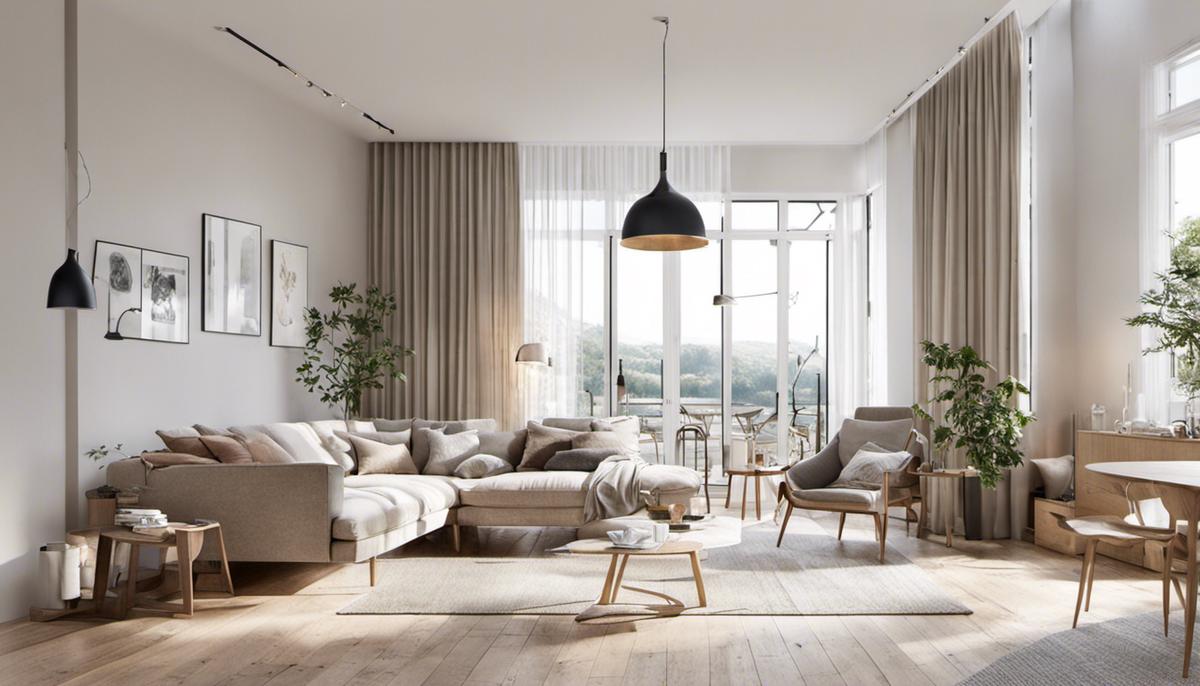
Scandinavian Furniture and Decorative Elements
Unveiling the Fundamental Aspects of Scandinavian Room Decor
The charm of Scandinavian interior design lies in its harmonious combination of coziness and minimalism, appealing to a broad audience. This design style is derived from the Nordic countries including Sweden, Denmark, Finland, Iceland, and Norway and is known for its stunning simplicity, purposeful design, and polished elegance. The tough, extended winters and short daylight hours in these regions inspired the design to incorporate bright, light and snug interiors – the cornerstone of Scandinavian design.
Typical Furniture Pieces
Scandinavian furniture pieces are famous for their clean, straight lines and functional aesthetic. Coffee tables, side tables, and chairs typically have sleek designs with light, wooden frames. Many of these pieces feature an airy silhouette created by tapered legs and slim lines, allowing more natural light to filter through the room. The use of natural materials in furniture pieces is pivotal for this style, birch, pine, and oak being among the most commonly used woods due to their light color tones.
Decorative Elements
Along with furniture, the decorative elements such as pendant lamps, rugs, cushions, and artwork play an integral role in Scandinavian decor. The Scandinavian design also favors useful items in their decor. For instance, ornamental items such as candle holders, glass vases, or storage baskets are stylish yet functional.
Colors, Materials, and Shapes
Scandinavian design leans heavily into neutral and white color palettes. The color scheme often includes softer hues of grays, creams, and blues, inviting a sense of serenity and tranquility. The aim is to create a bright and airy space that maximizes natural light.
As for materials, natural elements are a staple in Scandinavian décor. Wood, leather, stone, and wool play prominent roles; their natural textures help warm up the white-dominant color palette. These materials also emphasize the Scandinavian design’s close connection with nature.
When it comes to shapes, Scandinavian décor displays a fondness for simple, organic designs, from the teardrop shape of a classic pendant lamp to the cylindrical form of a vase or pot.
Common Scandinavian Style Pieces
Scandinavian decor is not complete without signature pieces like the Scandinavian coffee tables. Their minimalist design, coupled with functionality, is the perfect representation of the Scandinavian aesthetic. Another quintessential Scandinavian design element is pendant lamps. They often exhibit a mixture of simplicity and statement, serving as a focal point in the room. Ornamental items such as candle holders, throws, and cushions, usually in geometric prints or textured fabrics, provide the cozy yet elegant finishing touches.
Scandinavian room decor aims not only to create an aesthetically pleasing environment but also focuses equally on the practicality of each element in the space. The goal is to create a comfortable environment where furnishings are in harmony with the décor and contribute to the overall functionality of the room.
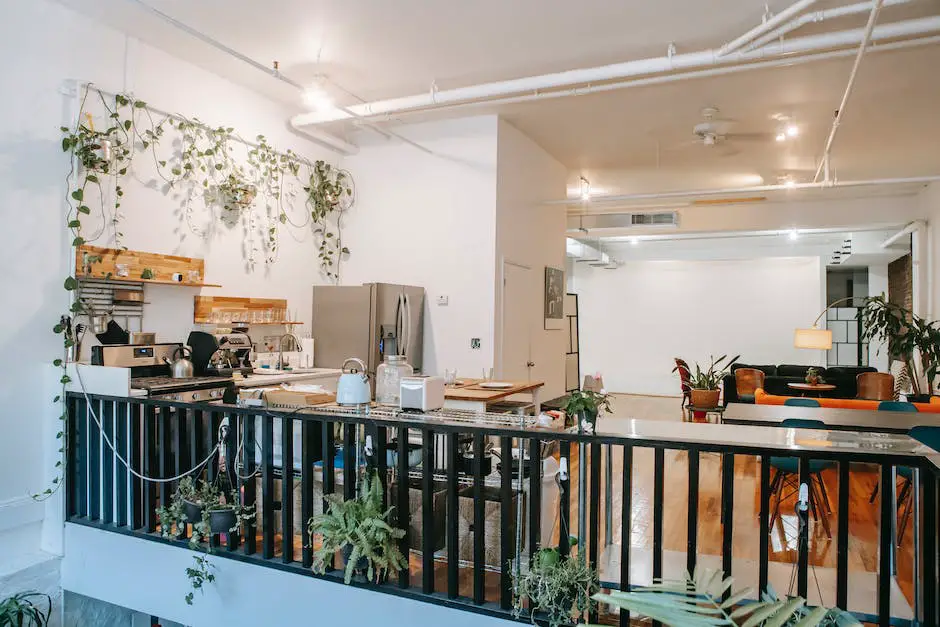
Implementing Scandinavian Room Decor: A Step-by-Step Guide
Embrace Minimalism: Declutter the Scandinavian Way
Transitioning to a Scandinavian themed room begins with the all-important step of decluttering. Embodying the core Scandinavian principles of minimalism and functionality, each element in your room must serve a purpose. Start by carefully going through your belongings, eliminating items that don’t contribute to these principles. By doing so, you pave the way towards a simpler, cleaner, and uncluttered environment that mirrors the serene composure of Scandinavian design.
Choosing the Right Colour Palette
Scandinavian design primarily uses a calm and muted colour palette. To replicate this in your room, opt for shades of white, gray, black, and brown. Bright, bold colours often clash with the minimalistic aesthetic of Scandinavia, so keep those to a minimum, if used at all. There’s a strong emphasis on muted tones and natural hues in Scandinavian design as they help to create a serene and calming environment.
Furnishings and Lighting
When it comes to furniture and illumination, simplicity is key in Scandinavian decor. Furniture with clean lines and functional design is a staple for this aesthetic. Lighting also plays a crucial role in Scandinavian design. Scandinavian countries have long winter nights, hence, they value natural light. Incorporate sheer window treatments that allow natural light to flood in, and for darker hours, adopt layered home lighting. Add an assortment of functional and decorative lights such as wall sconces, table lamps, and pendant lights.
Natural Elements and Accents
Incorporating natural elements is a crucial part of emulating a Scandinavian haven. Wooden elements can be added to any room and offer an instant Scandi touch. Use wooden furnishings, or add a hardwood floor to bring the outdoors in. Scandinavian design also loves to incorporate plants into their decor to add some greenery and life into their interiors.
‘Less is More’ Ethos
Finally, it’s essential to remember the Scandinavian ethos of ‘less is more’. Scandinavian design believes in minimizing clutter and maximizing functionality, so focus on quality over quantity. Each piece in your room should have a purpose and compliment the overall colour palette and design.
Maintaining the Design
Maintaining a Scandinavian room decor is all about staying committed to its simplicity and functionality. Regularly declutter your space to avoid unnecessary accumulation of items. Keep your colour palette and furniture consistent with the overall Scandinavian theme. Shell out for quality products that will stand the test of time and support the ‘less is more’ ethos.
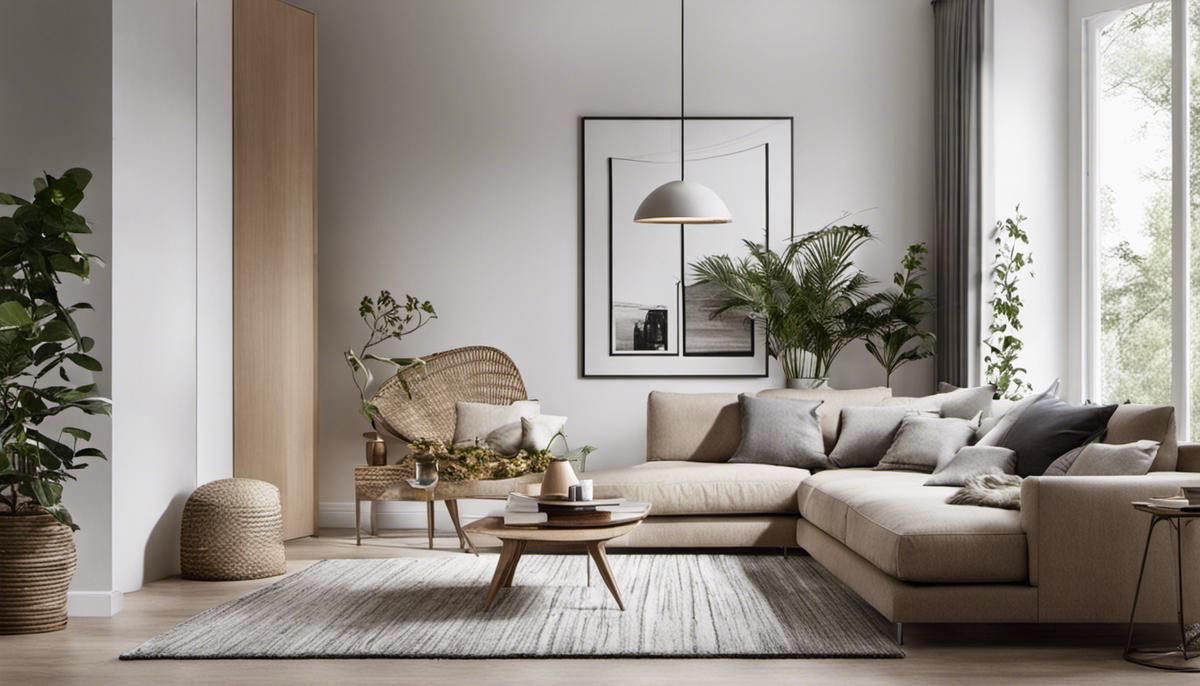
Weaving the principles of simplicity, functionality, and the right blend of aesthetics into any space, Scandinavian design creates rooms that feel lighter, more comfortable, and most importantly, homely. Delving into the Scandinavian design is to appreciate the whispering stories of the Nordic region, reflected in the chosen hues, the embrace of natural elements, and the minimalist assertion of ‘less is more’. Breathing life into these insights by implementing the step-by-step guide furnishes not just a Scandinavian room decor, but a lifestyle made manifest in your living space. As you move forward on this journey, always remember to lean into the inviting warmth and welcoming simplicity that Scandinavian design so wonderfully offers.

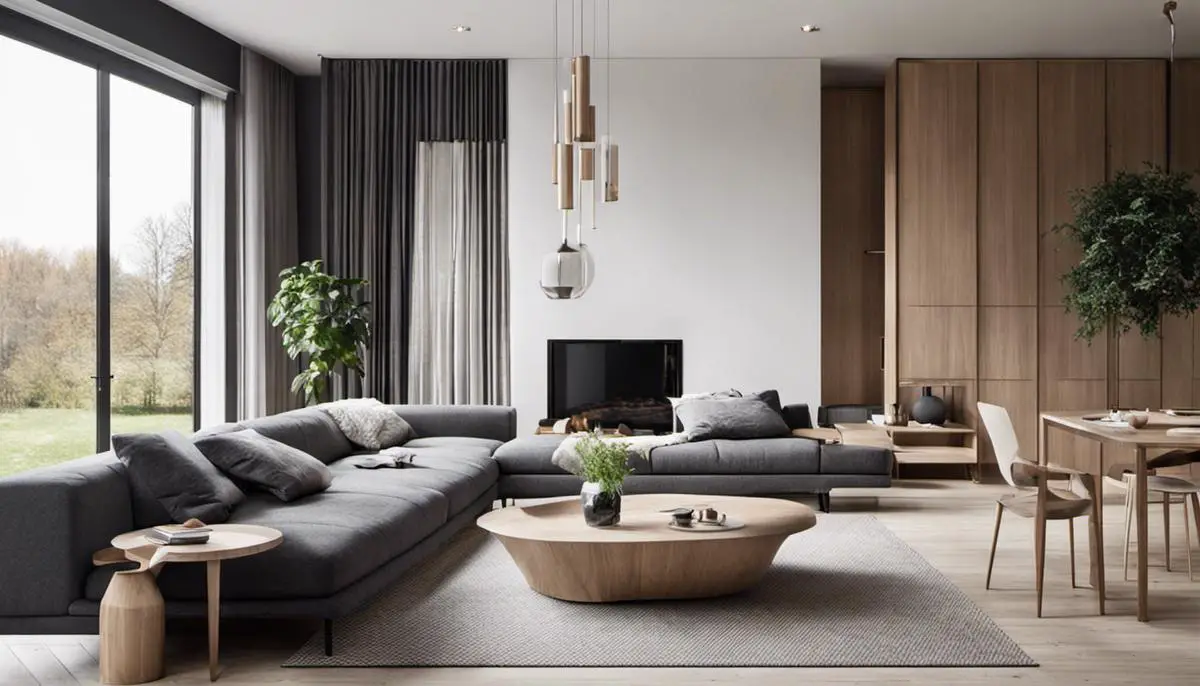

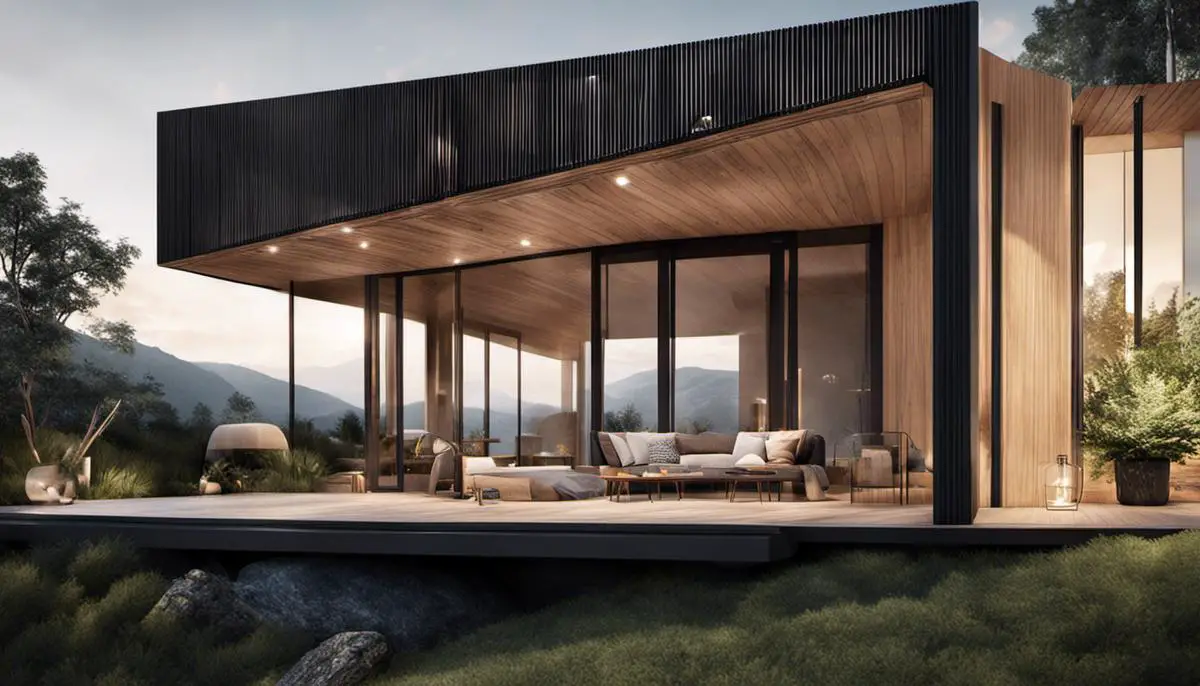

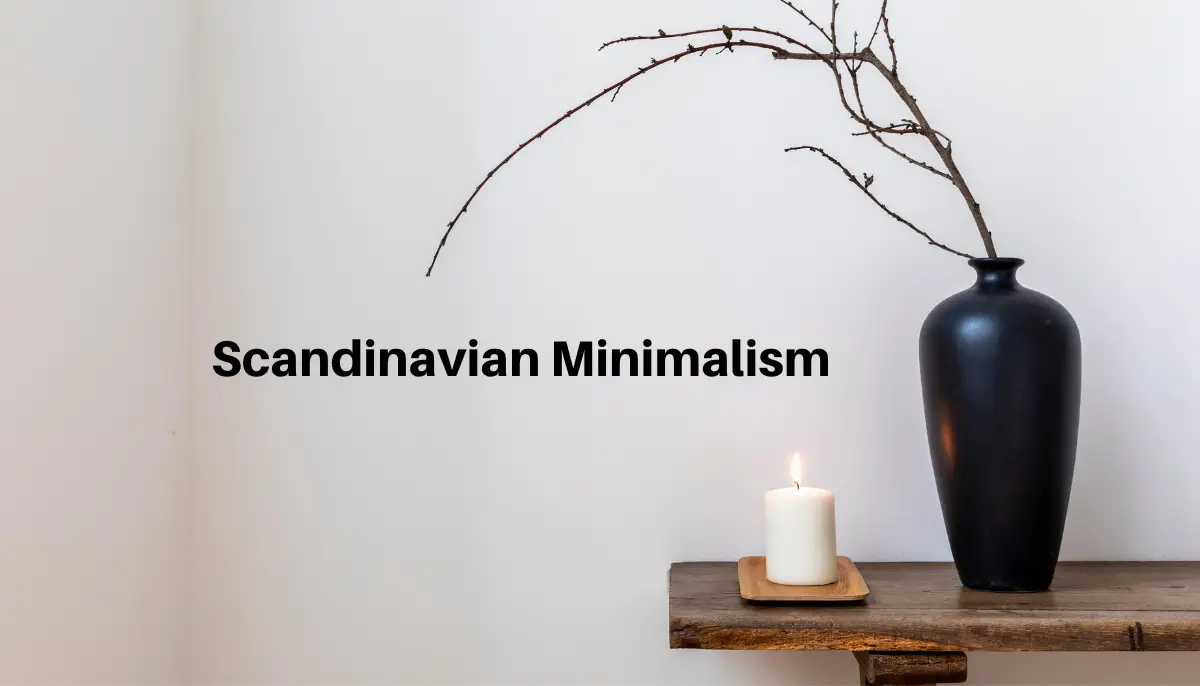
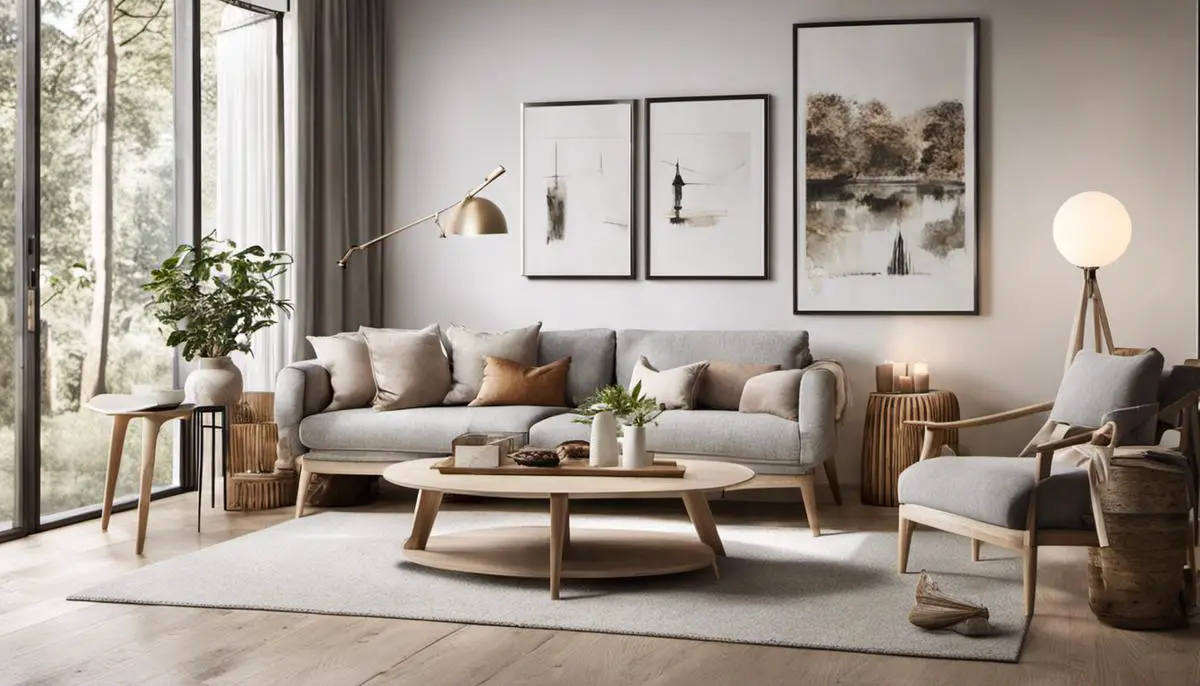
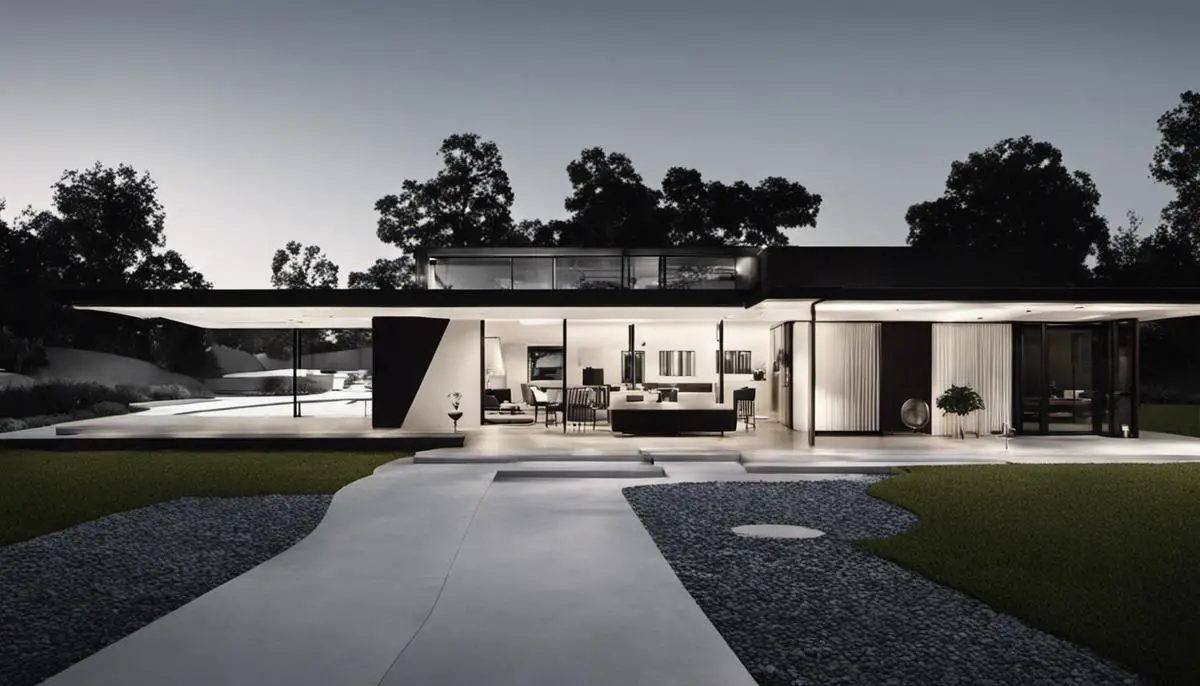

Leave a Reply